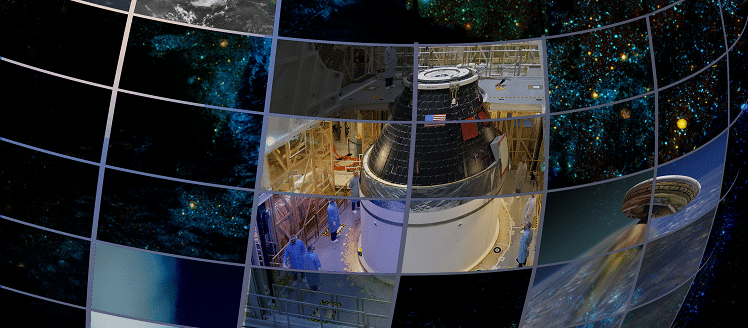Latest News

Photo: NASA.
NASA has selected 133 proposals from U.S. companies to conduct research and develop technologies that will enable NASA’s future missions into deep space and benefit the U.S. economy. The proposals, valued at approximately $100 million total for contract negotiations, were selected under Phase 2 of NASA’s Small Business Innovation Research (SBIR) program.
SBIR Phase 2 projects will expand on the results of recently completed Phase 1 projects. Phase 1 projects received six-month contracts of as much as $125,000. NASA awards Phase 2 contracts up to $750,000 with a period of performance of no more than two years. Successful Phase 2 projects may go on to Phase 3 of the program: commercialization of the innovation.
NASA selected the proposals according to their technical merit and feasibility, in addition to the experience, qualifications and facilities of the companies, and their work plans and commercial potential. The fundamental requirement, however, is that the proposals answer needs that are core to the agency’s future exploration goals, such as:
- Multifunctional, lightweight metallic materials that can be used to create the advanced structures needed for future deep space missions and next-generation aeronautics capabilities;
- Compact, high-powered 3-D Light Detection And Ranging (LIDAR) system for unmanned aircraft that significantly reduces the size and weight of object-detection sensors, with applications ranging from autonomous aircraft to space missions;
- A technology that integrates a plastic recycling system, a dry-heat sterilization system and a 3-D printer to create materials that can be used to print food- and medical-grade devices, lowering mission costs and trash generated on long-duration manned missions;
- A technology that will allow constellations of individual satellites to fly in precise formation and perform coordinated science, enabling new capabilities such as autonomous rendezvous and docking, and precision formation flying both for human and robotic exploration missions.
NASA’s Ames Research Center in California’s Silicon Valley manages the SBIR program for the Space Technology Mission Directorate (STMD). STMD is responsible for developing the new technologies and capabilities the agency needs to achieve its current and future missions.
Get the latest Via Satellite news!
Subscribe Now